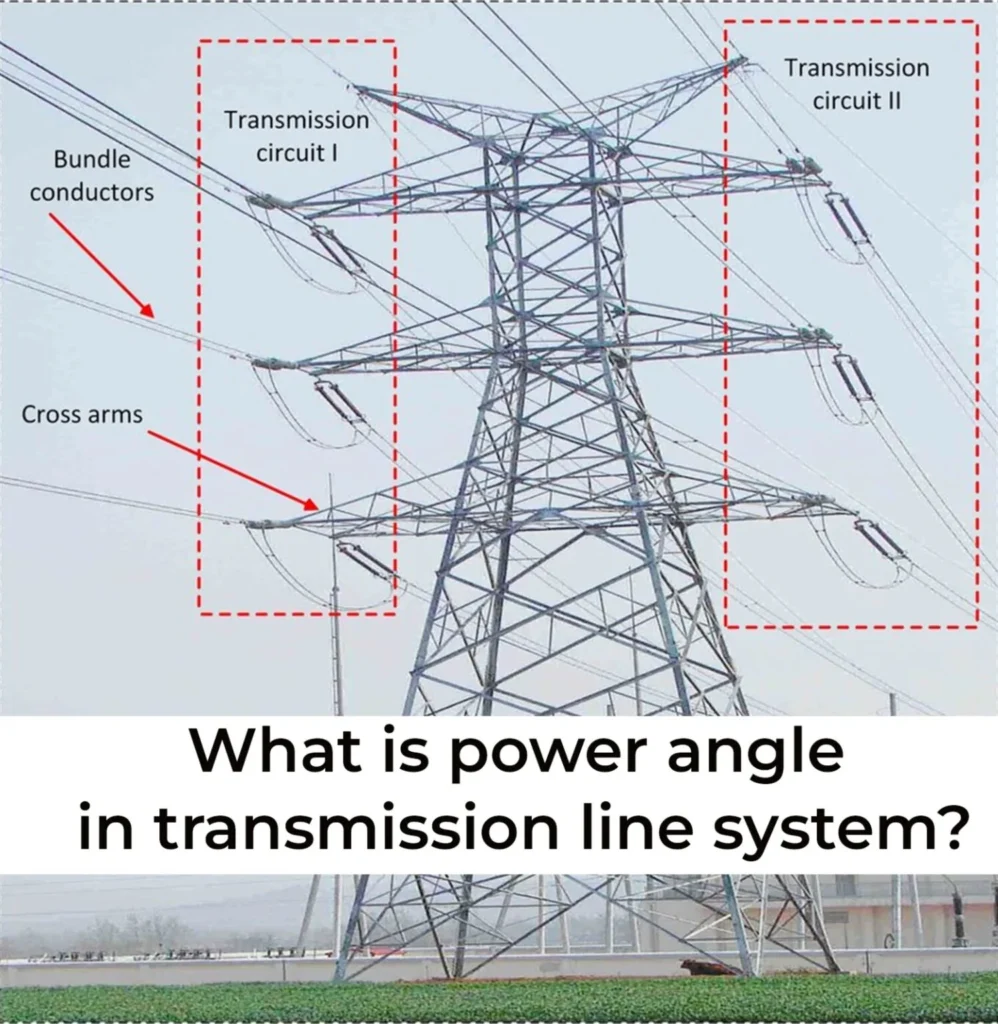
What Is Power Angle In Transmission Line System?
The power angle in a transmission line system is the angle between the voltages at two different points (or buses) in the system.
It is also called the load angle or torque angle. The force angle affects the amount of force that can be transferred between two points.
The larger the power angle, the greater the power transmitted up to a certain limit. Oncethislimitisexceeded, the system becomes unstable and may lose synchronization.
The power angle can be calculated using the formula:$$\\delta = \\cos^{-1}\\left(\\frac{V_1 V_2 \\cos\\theta – P}{V_1 V_2}\\right)$$where $\\delta$ is the power angle, $V_1$ and $V_2$ are the amplitudes of the voltages at two points, $\\theta$ is the phase difference between the voltages and $P$ is power angleactualtransmittedpower.
For example, if $V_1 = 100 \\text{ kV}$, $V_2 = 90 \\text{ kV}$, $\\theta = 30^\\circ$ and $P = 50 \\text{ MW}$, the power angle is:$$\\delta = \\cos^{-1}\\left(\\frac{100 \\times 90 \\times \\cos30^\\circ – 50 \\times10^3}{100 \\times 90}\\right)$$$$\\delta = 18.4^\\circ$$.

